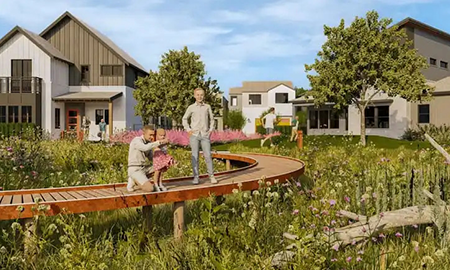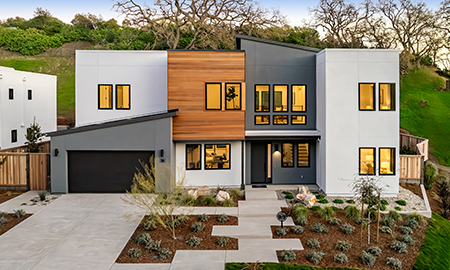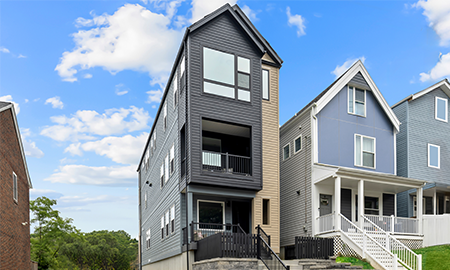 |
DEFINE YOUR BIG IDEA. This is about looking at where you are today and where you want to be in the next 5 years and beyond. Consider whether you will develop the facility all at once or in phases over time. Because different elements may require different permits or a different set of regulatory approvals, decisions you make now will either support your big idea or limit it. Identifying the scale and nature of your operations is a key element in this stage, such as number of brewing cycles anticipated and the public services or events you plan to provide at your facility. Don’t forget to account for details such as bulk materials storage. Your dry kegs, cans, bottles, growlers, service wares, and other consumables take up space and need a good place to live.
|
DEVELOP YOUR MASTER BUDGET. This is the financial planning aspect of your “Big Idea.” The goal in this stage is to identify all the elements of implementing your plan and the associated costs. Cost categories to include are: Soft costs – jurisdictional fees, initial application and final permit fees, design and engineering fees, ABC and other business licensing and application fees, and HOA or other location specific costs; Hard costs - related to the physical development and construction, and are typically paid to a contractor; FF&E (furniture, fixtures and equipment) – these are items the general contractor doesn’t provide and include indoor or outdoor furniture, brewery equipment, restaurant equipment, artwork, linens, flatware, glassware, POS systems and so on; and Operations costs– reoccurring expenses based on location or by utility provider.
|
|
CONDUCT DUE DILIGENCE. This is about doing your research on a specific location as it relates to your “Big Idea” before starting detailed design or construction. Focus your research around these 6 points of consideration: city community development, zoning, lease negotiation, jurisdictional pre-application meeting, conditional use permit, and building or site utilities and capacities. While it is tempting to skip or truncate this stage of the process, this stage will surface the devil in the details that will make or break you down the line. Read, Brewery Facility Expansions: How to Effectively Conduct Due Diligence, for a deeper understanding.
|
|
|
SELECT YOUR DEVELOPMENT TEAM. Good communication is the most important aspect of selecting your development team as you may be working with them for up to 2 years from the start of design to completion of construction, depending upon the scale of your facility. In this stage, you will decide on a delivery method, such as Design-Build, Design-Bid-Build, or Build-to-Suit, a turnkey process some landowners provide. An architect acts as the central coordinator of your design efforts with the other members of the development team, and is responsible for distilling your “Big Idea” into a set of drawings that can be built. If you are constructing a new building or adding a restaurant component to your brewery, an architect should be a key member of your team. Always pick a contractor based on qualifications and experience first and their costs second. Your architect can assist in this process. When comparing contractors without a finished set of drawings, a common mistake is to focus on the Anticipated Project ROM (Rough Order of Magnitude). Because of the level of information available to the contractor at this time, there are too many unknown variables for ROM to be a deciding factor. Instead, focus on the percentages of their OH&P fees, Additive CO costs, Deductive CO costs, and Insurance fees as well as the Anticipated Pre-construction costs. These tell you how much it will cost to make changes and if they’re adequately staffing the project for timely completion.
|
By Gregor Markel, DAHLIN
With over 25 years of professional experience, Gregor Markel has perfected his craft working with clients and contractors to help shape places we live, work, shop, recreate, care, protect and worship. His diverse background of architectural experience allows him to lead project teams undertaking a wide variety of types and styles of architectural projects. "Our project approach is to craft a unique solution for each client, one that should be functional, creative, environmentally sound, and will meet the client's timeline and budget expectations."






